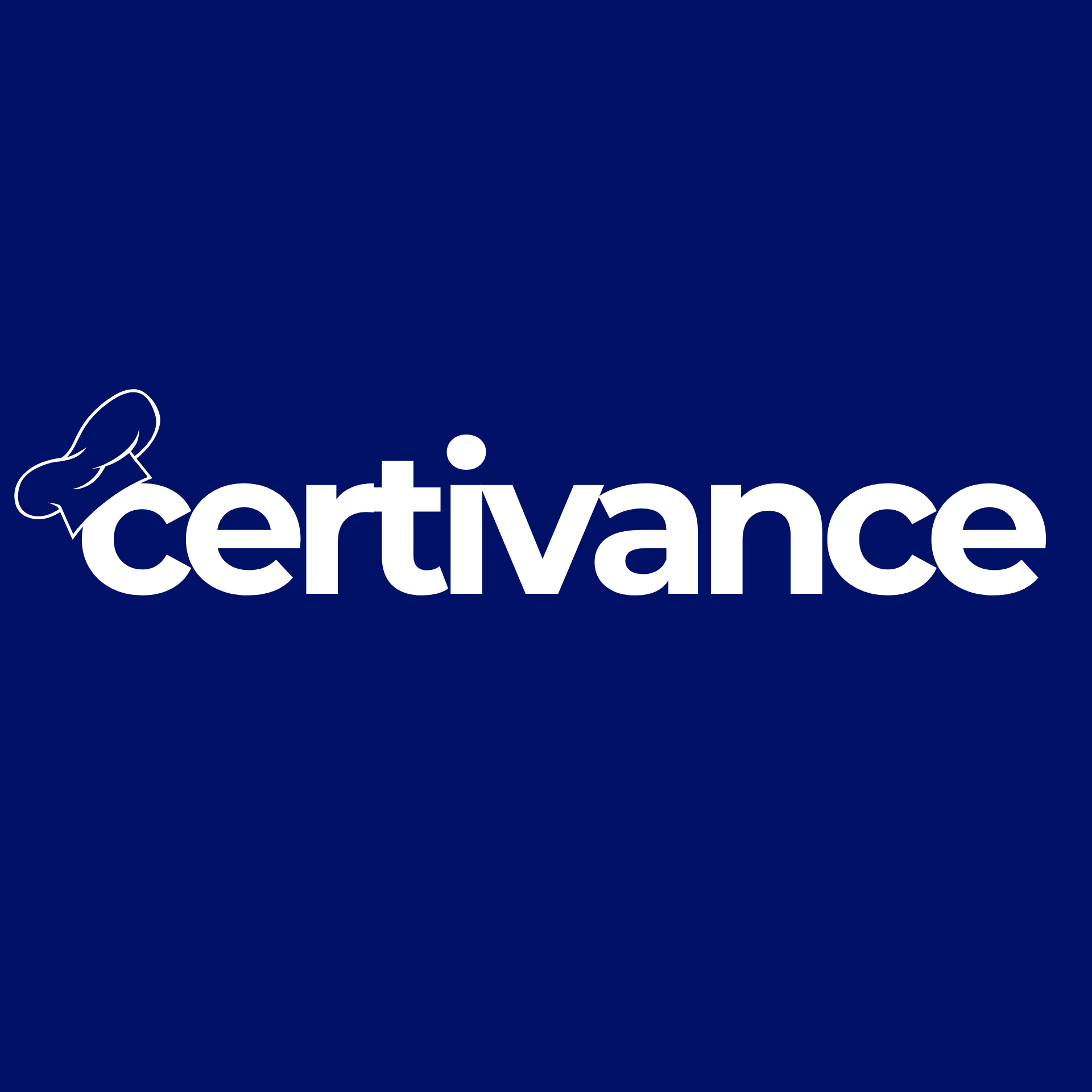Thanks to the FASTER Act of 2021, sesame is officially recognized as the 9th major food allergen in the United States. As of January 1, 2023, sesame must be listed in plain language on packaged foods and is subject to the same labeling and manufacturing requirements as the other Big Nine allergens.
Important Reminder: Foods already in interstate commerce before 2023 are not required to be relabeled. Therefore, during this transition, consumers must continue to carefully read all food labels every time—even on products they have safely used before.
Prevalence and Risk
Sesame allergy affects approximately 0.23% of both children and adults in the U.S. Unlike some allergies, sesame allergy is not typically outgrown and can trigger reactions ranging from mild symptoms to severe anaphylaxis.
Cross-reactivity may also occur with other seeds, tree nuts, peanuts, and certain fruits and vegetables, including:
- Sunflower seeds
- Poppy seeds
- Flax seeds
- Kiwi
- Carrots
Testing and Diagnosis
To diagnose a sesame allergy, the following tests are commonly recommended:
| Test Type | Description |
|---|---|
| Skin Prick Test | Common allergy test, but may have false negatives for sesame due to the oleosin protein. |
| Blood (Serum) IgE Test | Measures the presence of IgE antibodies against sesame. |
| Oral Food Challenge (OFC) | Conducted under medical supervision to confirm allergy. |
It is important to consult a board-certified allergist for an accurate diagnosis and personalized recommendations.
Common Sources of Sesame
Sesame is found in a variety of foods and non-food items:
| Food Products | Non-Food Products |
|---|---|
| Breads (e.g., hamburger buns, bagels, breadsticks) | Cosmetics (e.g., lip balms, creams, soaps) |
| Crackers, cookies, biscuits | Medications and supplements |
| Hummus, tahini, falafel | Pet food and some health products |
| Pizza crust, noodles, soups | |
| Snack bars, candies, ice cream | |
| Salad dressings, sauces |
Cross-Contact Concerns
Even trace amounts of sesame can trigger an allergic reaction. Cross-contact can happen in various settings:
| Setting | Cross-Contact Risk |
|---|---|
| Restaurants | Shared pans, oil, prep areas, or utensils |
| Salad Bars | Open-air exposure from sesame-containing items |
| Household Kitchens | Cross-contact from knives, toasters, cutting boards not properly cleaned |
It's important to note that removing visible sesame (like seeds from bread) does not guarantee safety, as the dish may still be contaminated.
Labeling Nuances and Hidden Sesame
Although sesame must now be clearly listed on labels per FALCPA, some exceptions and ambiguities still exist. Watch out for:
- Sesame listed under vague terms like “spices” or “natural flavoring.”
- Kosher pareve foods may still contain sesame.
- Always contact the manufacturer if you're uncertain.
Practical Safety Tips
Managing sesame allergy safely involves being prepared and proactive:
- Always carry two epinephrine auto-injectors. A second dose may be needed in cases of device malfunction or biphasic reactions (a second wave of symptoms).
- Stay under medical supervision for 4-6 hours after using epinephrine.
- Strictly avoid sesame and products that may contain it.
- Communicate clearly in restaurants and food service settings. Always ask about ingredients, preparation practices, and cross-contact risks.
Summary
With sesame now officially part of the Big Nine allergens, its recognition and proper management are more important than ever. Due to its widespread use in many cuisines and processed foods, sesame allergy requires vigilance, thorough label reading, and proactive communication.
If you suspect you have a sesame allergy, consult your allergist for personalized advice on how to manage your condition safely.
Your Partner in Allergen Safety
At Certivance, we help foodservice teams build confidence in allergen safety through:
- Targeted training on food allergen handling
- Practical strategies for preventing cross-contact
- Support in meeting FDA labeling and local compliance standards
By understanding the nuances of tree nut allergies and applying best practices in your kitchen, you’re taking a crucial step in protecting your patrons and your business.
Ready to boost your allergen training program?
Visit Certivance.com to explore our expert-led courses and food safety certifications.
Back of House Allergy Check Sheet - PDF
Front of House Allergy Check Sheet - PDF
For more information on our training programs and resources, visit Certivance.com.









